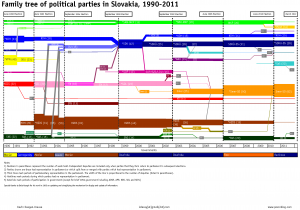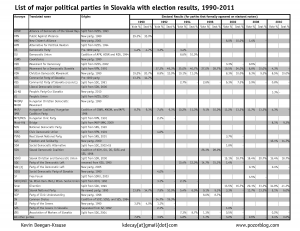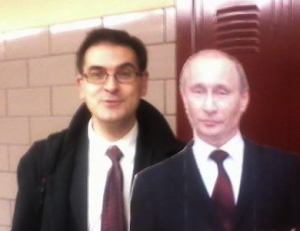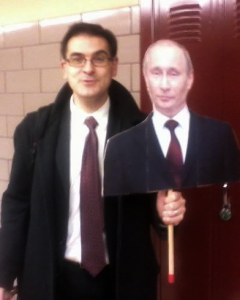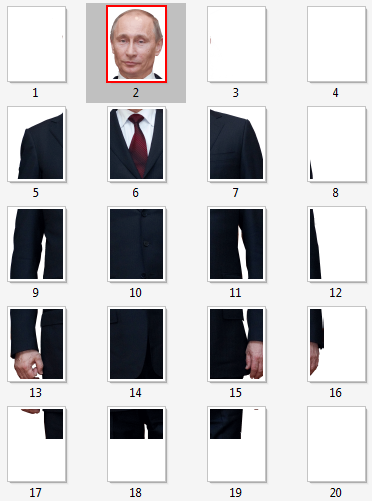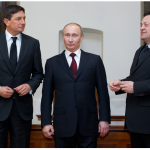 While it has not always been easy to feel sorry for Vladimir Meciar’s Movement for a Democratic Society, this week’s FOCUS poll offers yet another way in which insult has added to injury. I have waited for some time for the results of the October FOCUS poll and when it did not come out around the end of October, I guessed that the firm had waited for things to settle down rather than conduct a poll during the collapse of a government. Yesterday’s early release of November numbers seemed to confirm that, but a look at the actual FOCUS press release reveals that they /did/ conduct an October poll and simply did not release it during the turmoil. So now we have yet another set of numbers. For the most part these are nothing interesting, falling roughly in between the numbers for September and those for November, but in one case they are quite different: in October 4.7% of respondents opted for Meciar’s HZDS. Does this mean anything? Probably not, since the month before it got 3% and the month after it got 2.5%. But the only reason it was ignored is that we did not get the October numbers until after we got the November ones which showed October to be simply an irrelevant blip.
While it has not always been easy to feel sorry for Vladimir Meciar’s Movement for a Democratic Society, this week’s FOCUS poll offers yet another way in which insult has added to injury. I have waited for some time for the results of the October FOCUS poll and when it did not come out around the end of October, I guessed that the firm had waited for things to settle down rather than conduct a poll during the collapse of a government. Yesterday’s early release of November numbers seemed to confirm that, but a look at the actual FOCUS press release reveals that they /did/ conduct an October poll and simply did not release it during the turmoil. So now we have yet another set of numbers. For the most part these are nothing interesting, falling roughly in between the numbers for September and those for November, but in one case they are quite different: in October 4.7% of respondents opted for Meciar’s HZDS. Does this mean anything? Probably not, since the month before it got 3% and the month after it got 2.5%. But the only reason it was ignored is that we did not get the October numbers until after we got the November ones which showed October to be simply an irrelevant blip.
I take two things from this:
First, I have commented frequently on the tendency of the Slovak press (and to be fair, the press of any country) to treat polls as if they are a real, actual indicator of political attitude rather than simply a sample that must be understood in context of other samples. The Slovak press ignores blips only if they are clearly just that, but without context we have a harder time knowing whether they are simply a blip. With context, we can make a better judgement. Had I in October received the news of a 4.7% score for HZDS, I would have looked at the numbers and said a) This is at least a full point out of line for HZDS for FOCUS polls and a reversal of the trendline and b) all of the other polls are mixed, showing either a small rise or none at all. I hope I would then have said, “this is probably a blip” and then taken the easy way out by saying “time will tell.” Had the Slovak press received this news in October, I would not have been surprised to read a headline saying “HZDS back in the game” (though to be fair the article might have contained somewhere below the fold a quotation from one of the usual suspects of Slovakia’s political commentary that said “this is probably just a blip but time will tell.”)
Second, I take from this a sign that HZDS simply cannot get a break these days: after months of irrelevance its one (in-retrospect meaningless) piece of good news, a story that might have helped its chances at election (by persuading some people that it had a chance at election) gets wiped out by a change of government. Alas.

